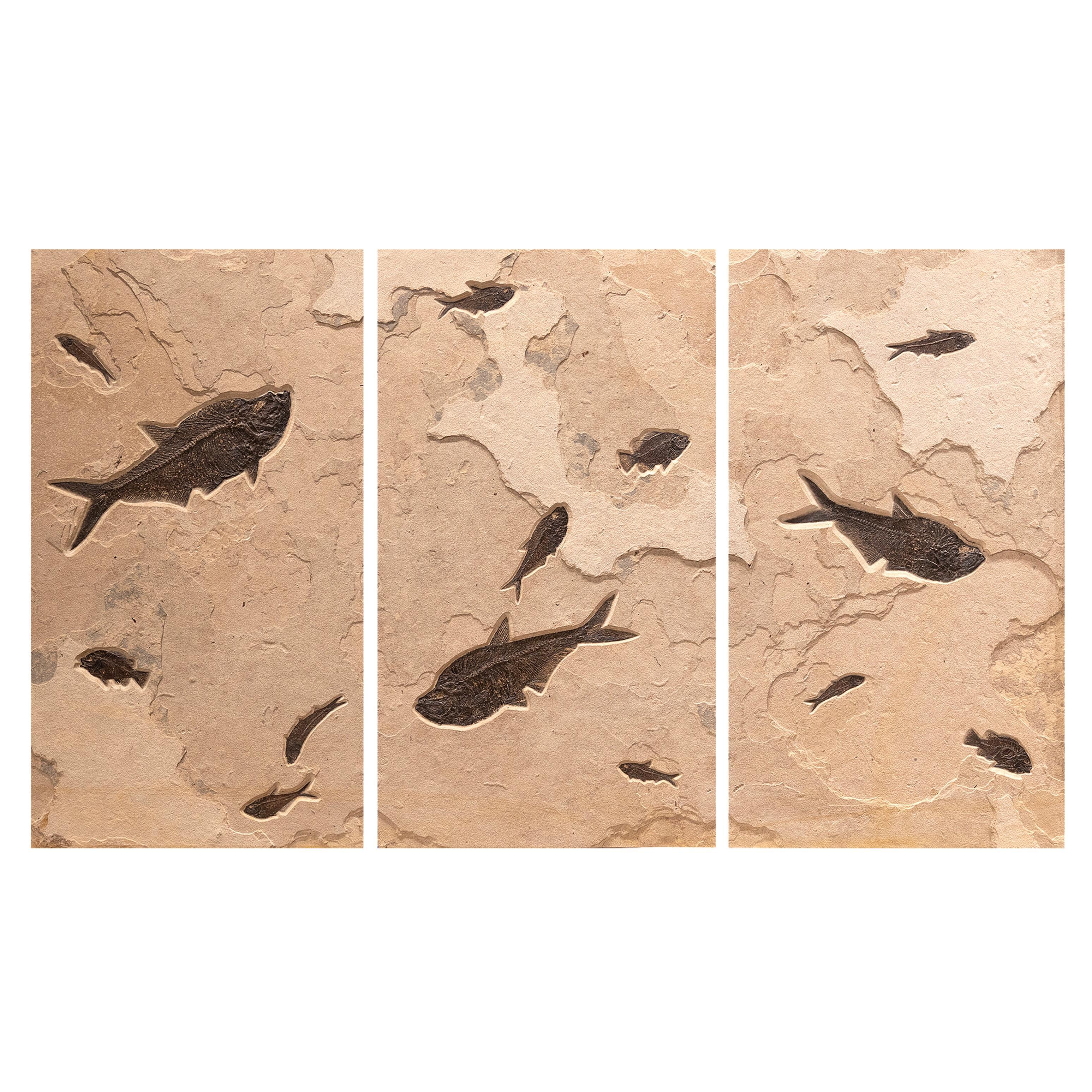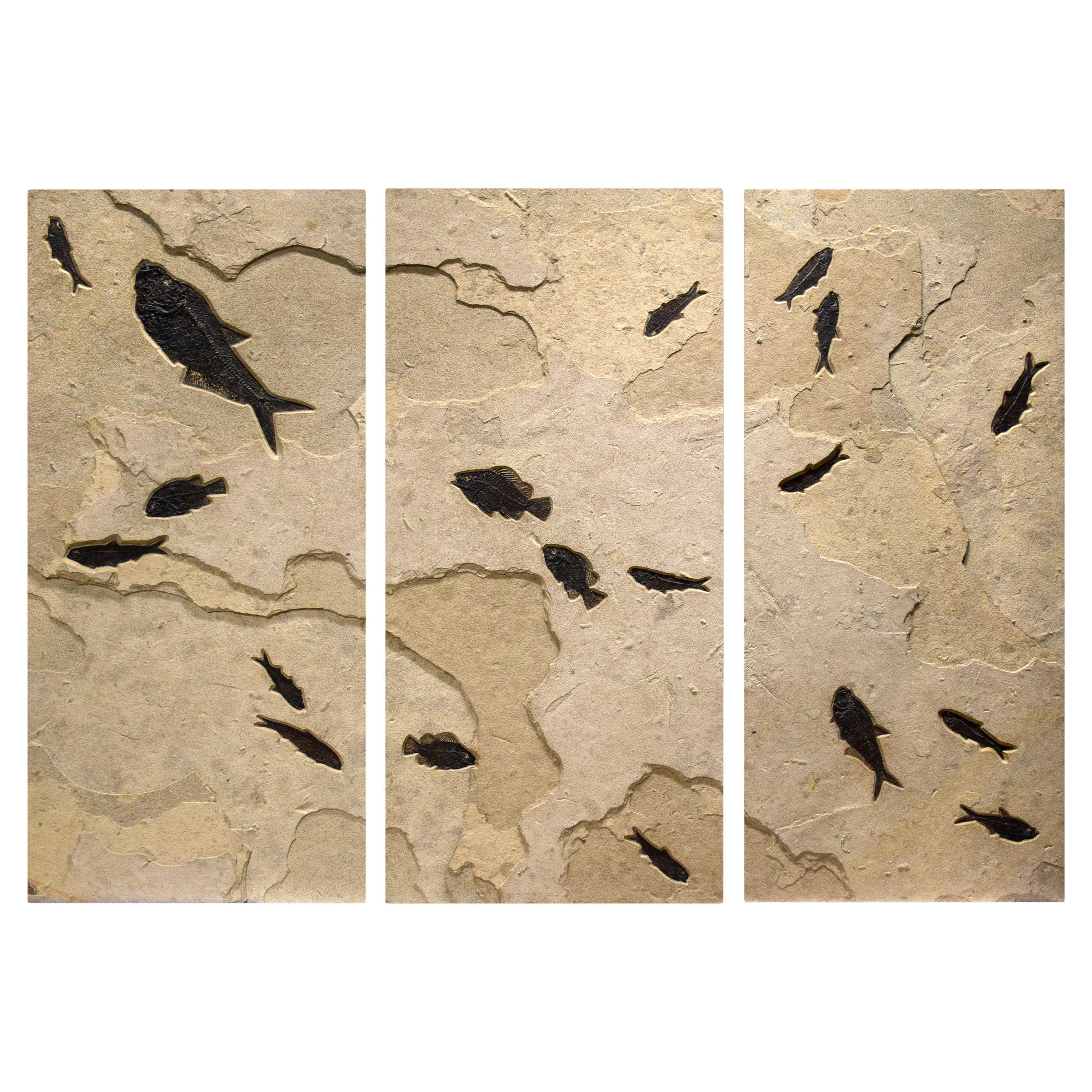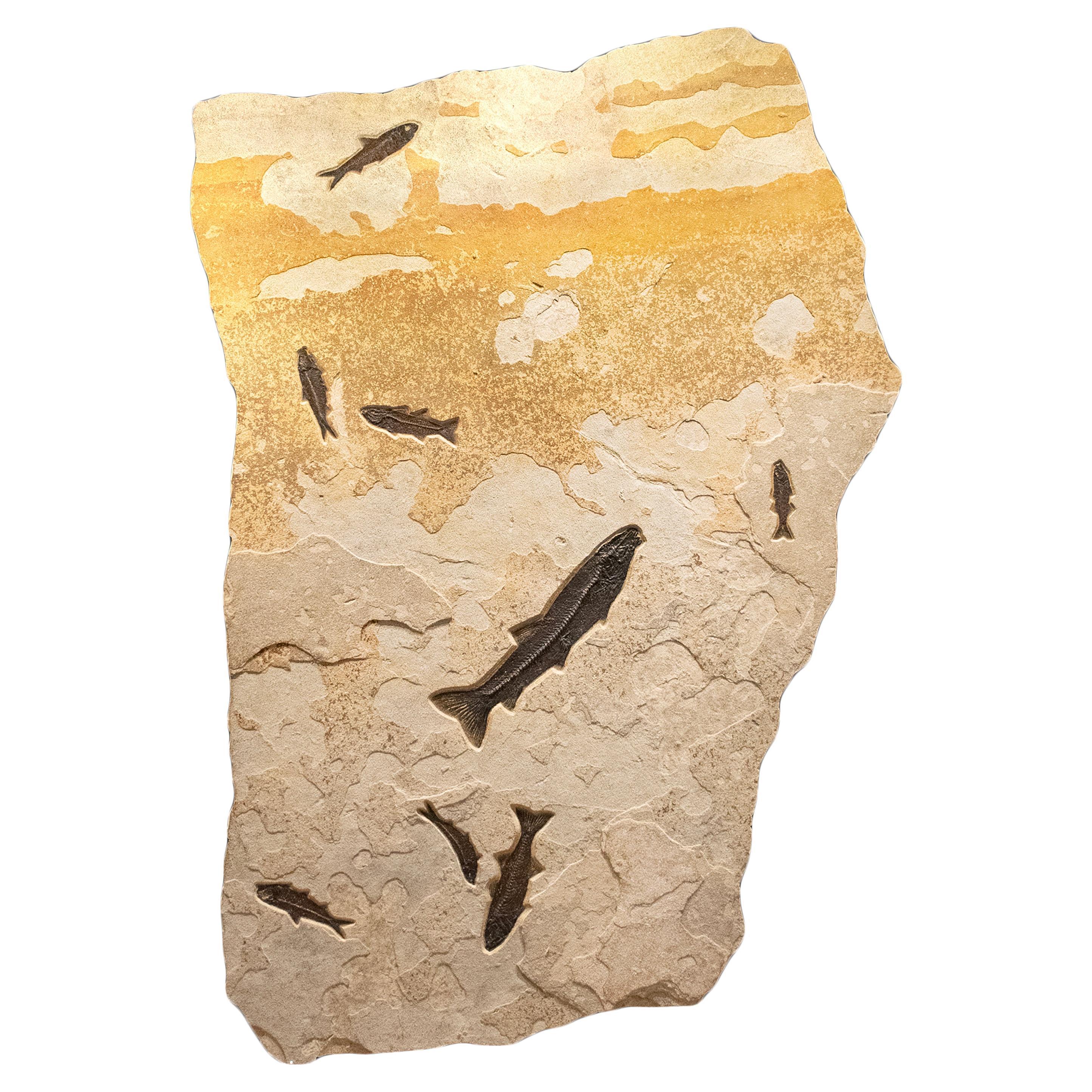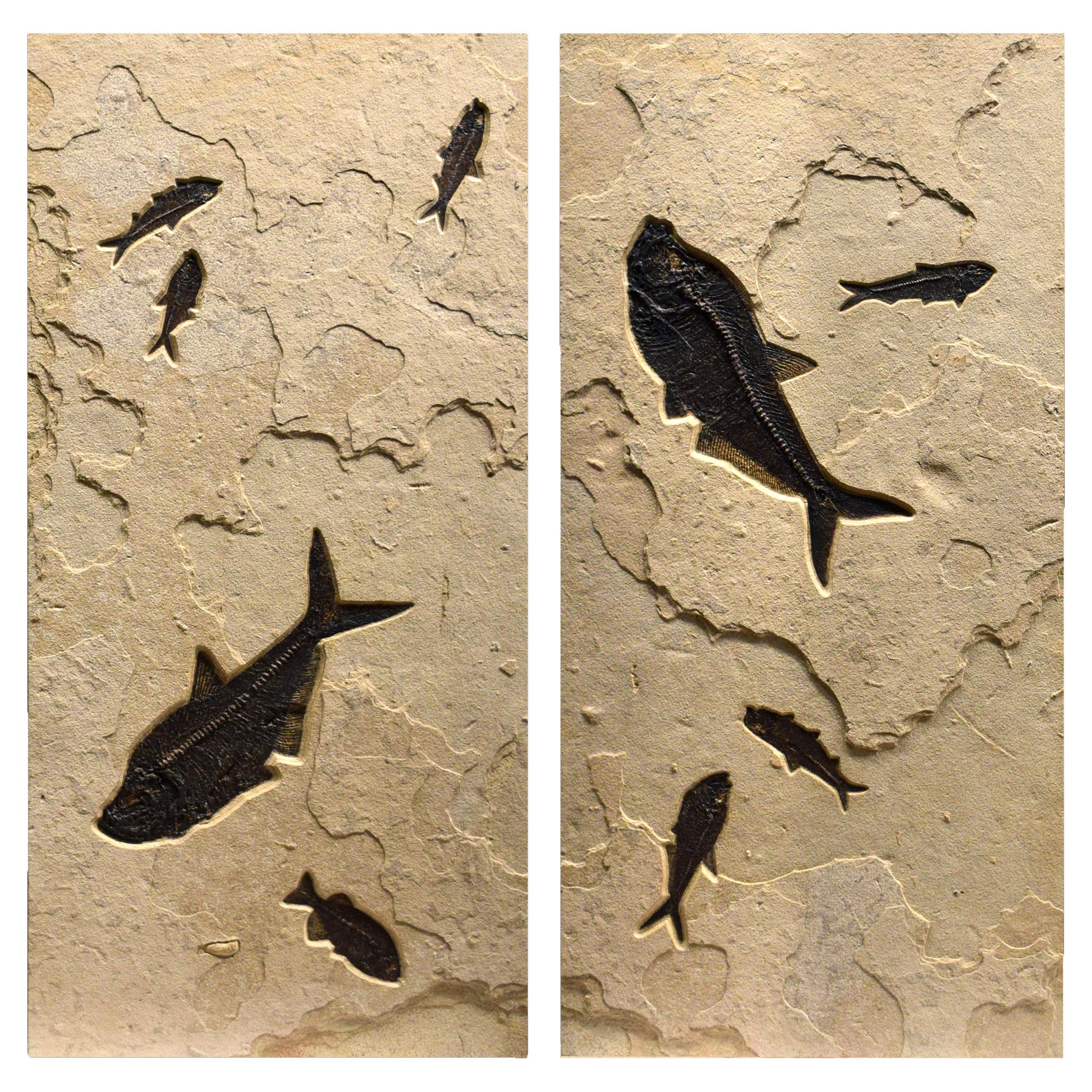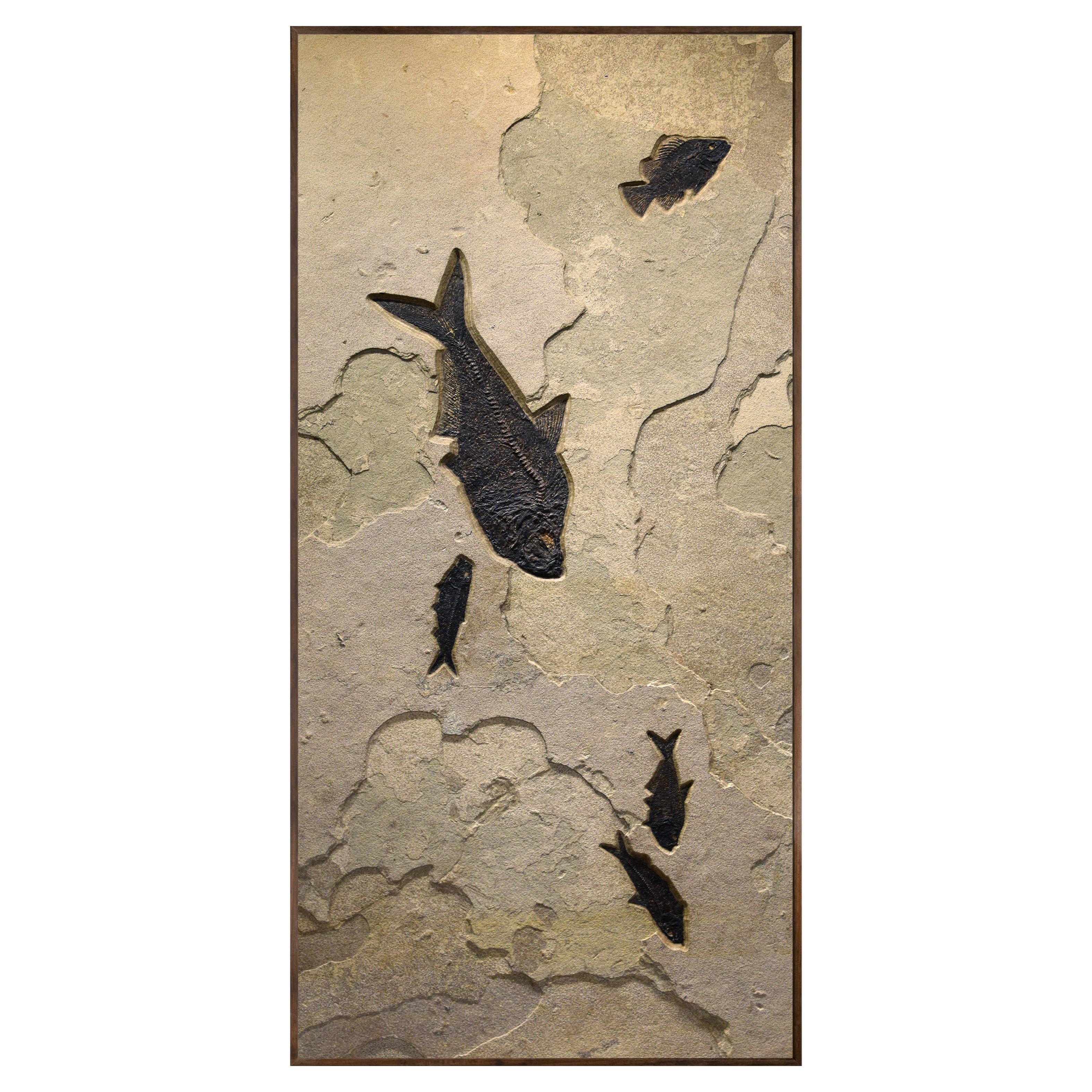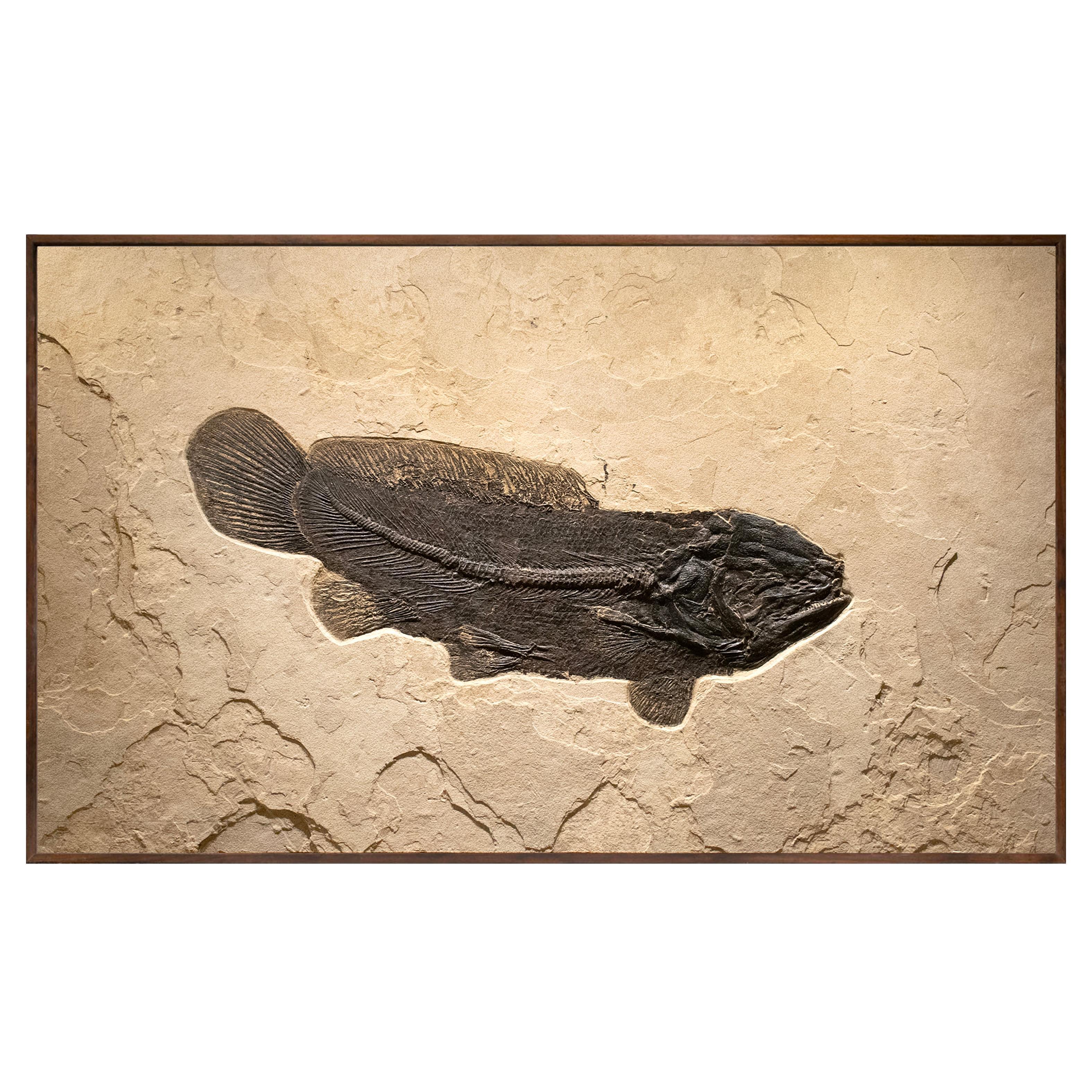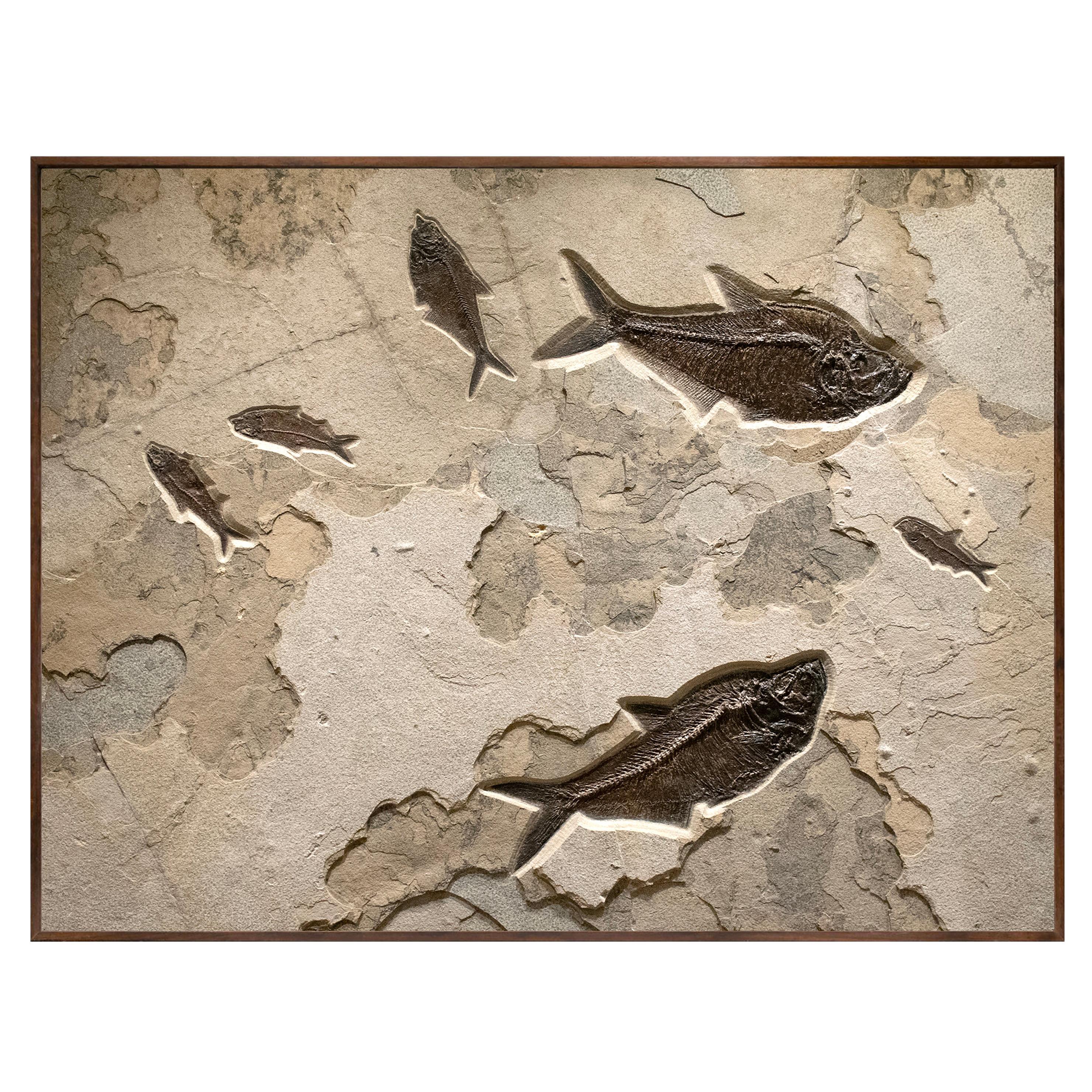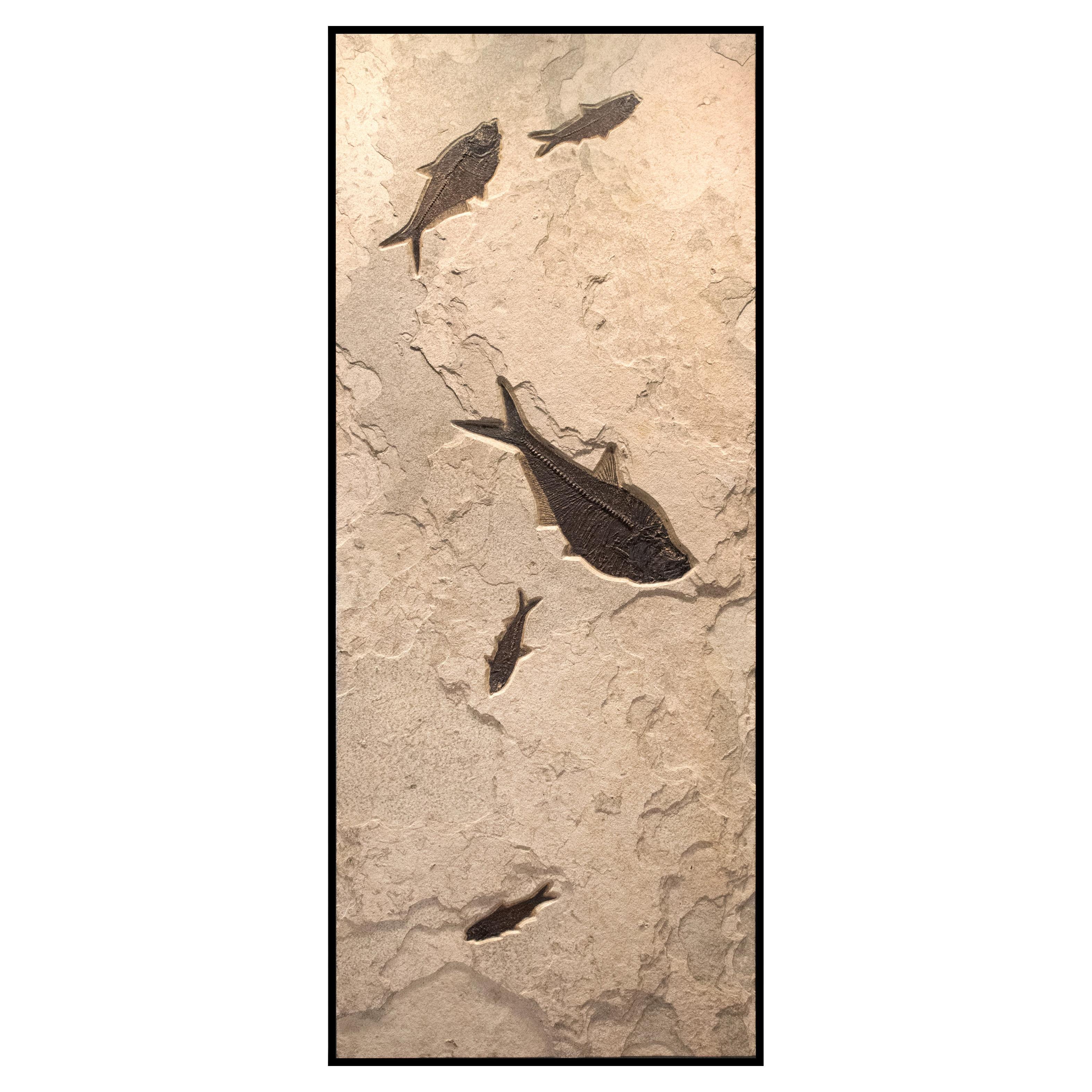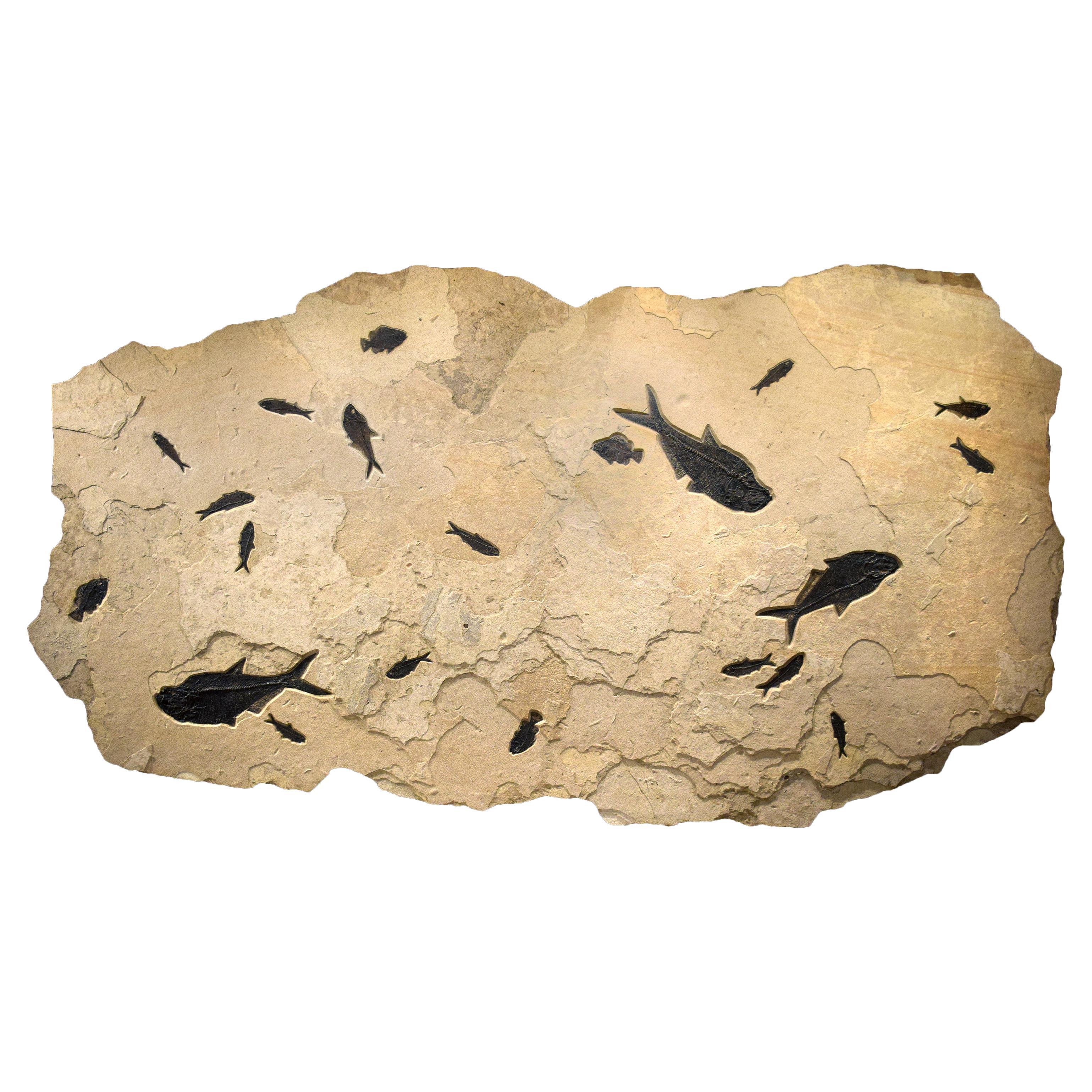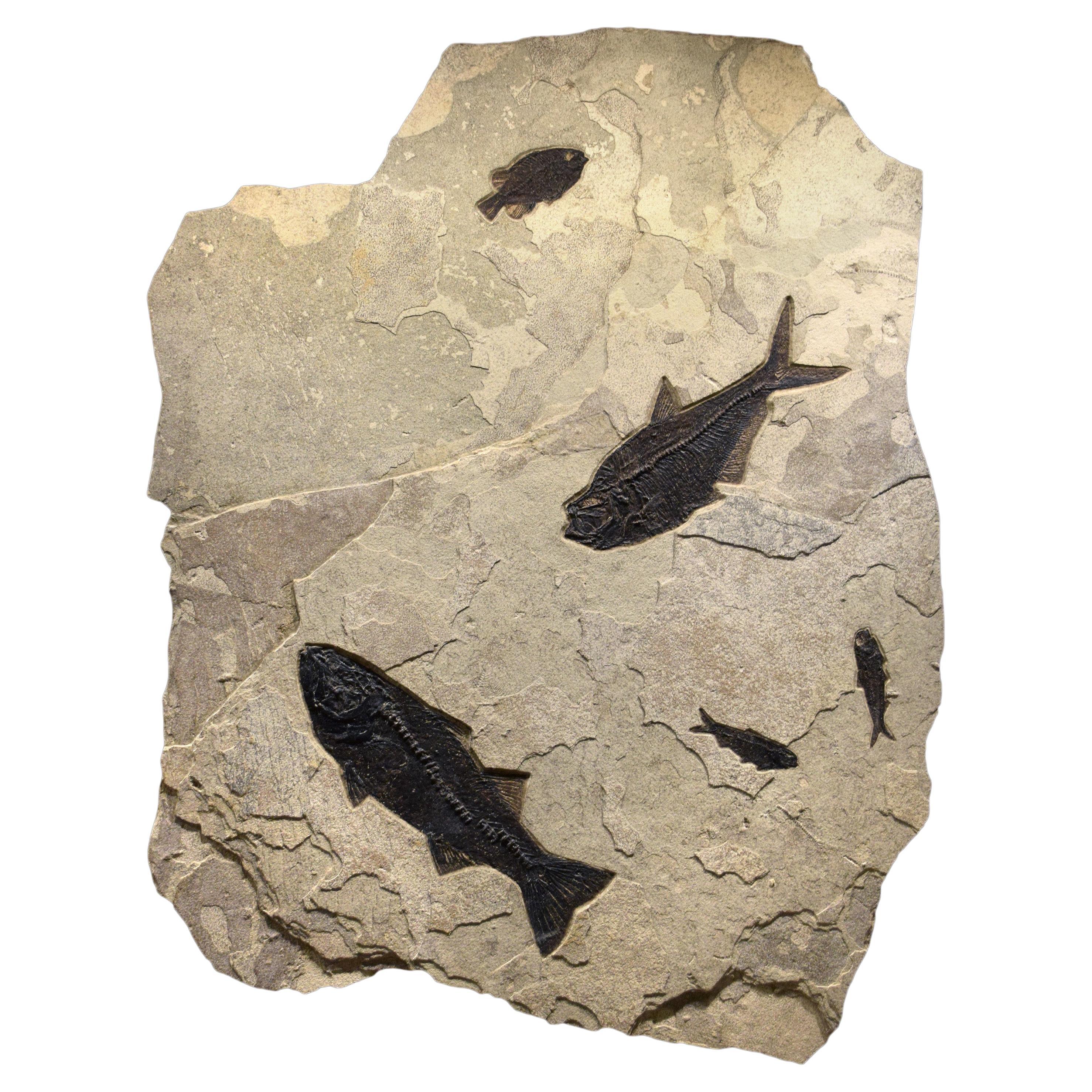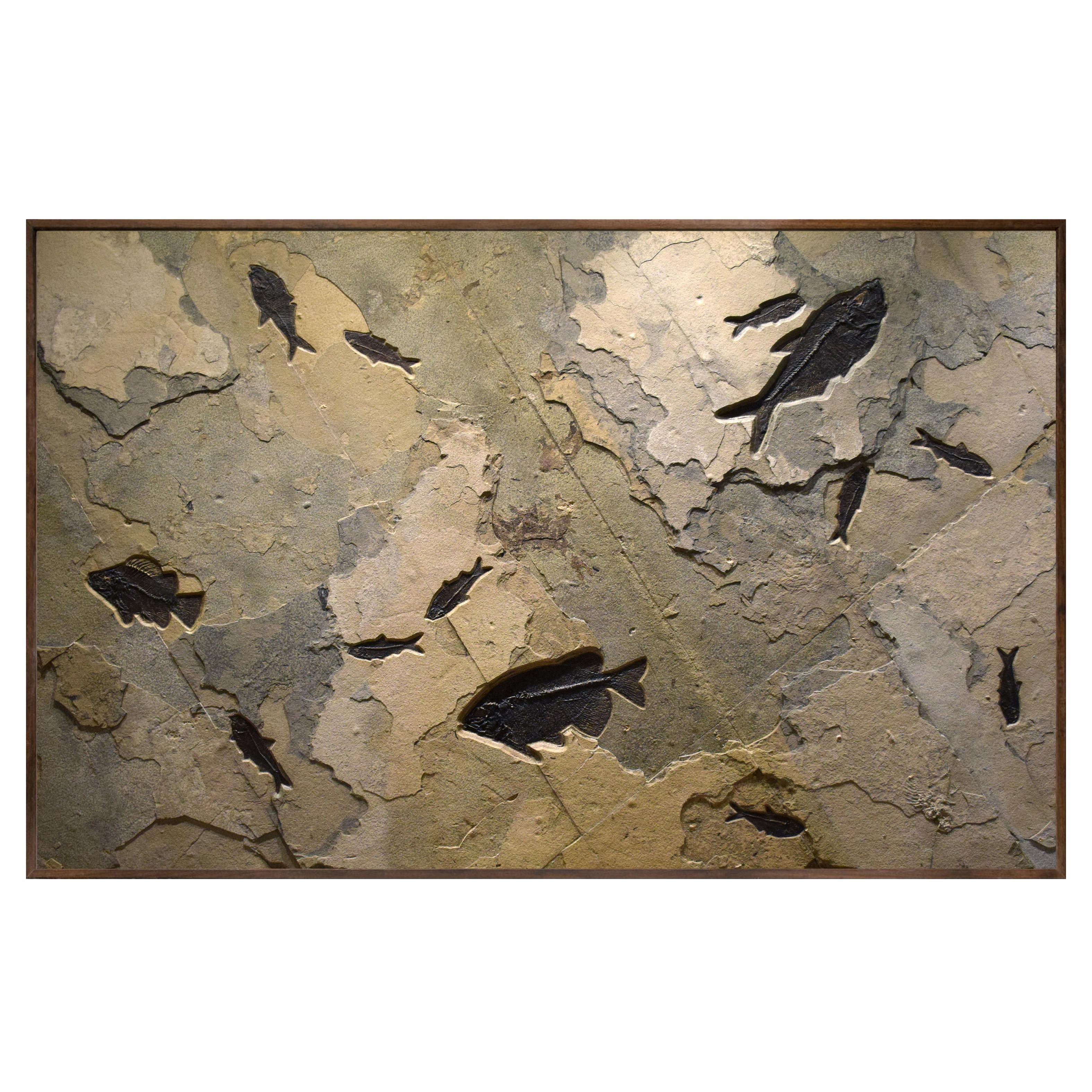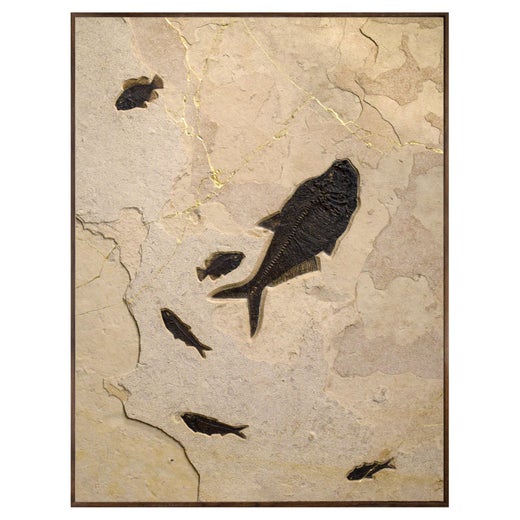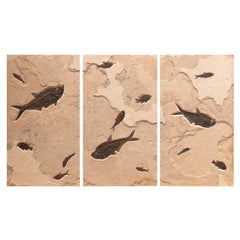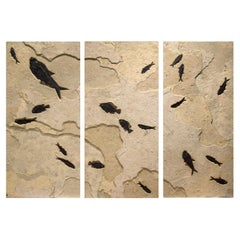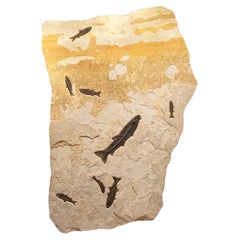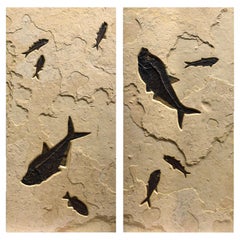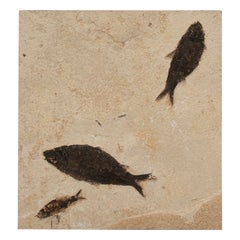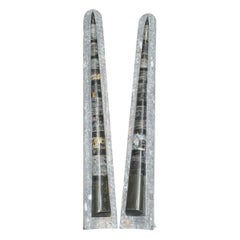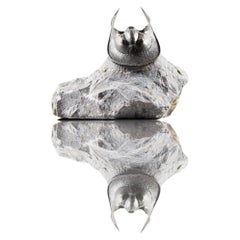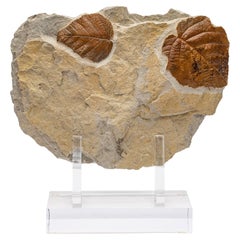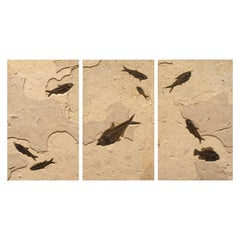
50 Million Year Old Fossil Fish Triptych from the Green River Formation, Wyoming
View Similar Items
50 Million Year Old Fossil Fish Triptych from the Green River Formation, Wyoming
About the Item
- Creator:Green River Fossil Company (Workshop/Studio)
- Dimensions:Height: 25 in (63.5 cm)Width: 47 in (119.38 cm)Depth: 1.5 in (3.81 cm)
- Sold As:Set of 3
- Materials and Techniques:
- Place of Origin:
- Period:
- Date of Manufacture:2023
- Production Type:New & Custom(One of a Kind)
- Estimated Production Time:Available Now
- Condition:
- Seller Location:Logan, UT
- Reference Number:Seller: 221114320ABC1stDibs: LU5860233296452
Green River Fossil Company
The Green River Fossil Company provides a unique decor option that would be difficult for any other firm to offer — 50-million-year-old fossils from the early Eocene Period. The company extracts all their fossils from the compacted sediment where there was once a freshwater lake located in Wyoming. With the fossils they acquire, the company produces one-of-a-kind, museum-quality murals, interior design projects and free-standing fossil stone products, each unlike any other.
Green River Fossil affords clients the opportunity to possess the remnants of an era that predates humankind by millions of years. Murals comprising the fossils of extinct turtles, fish — even palm fronds — offer a connection to a time when the Earth was almost an entirely different world altogether.
Many private collections and museums display murals produced by Green River, including the Houston Museum of Natural Science in Houston, Texas.
Founded in 2000, Green River Fossil owns a private quarry in Wyoming and has established its preparatory labs in Logan, Utah. All fossils are collected and prepared according to a strict code of ethics put forth by the American Association of Paleontological Suppliers, as well as all state and federal laws.
On 1stDibs, find Green River Fossil Company natural specimens, sculptures and wall decorations.
More From This Seller
View All2010s American Decorative Art
Limestone
2010s American Decorative Art
Limestone
2010s American Decorative Art
Limestone
2010s American Decorative Art
Limestone
2010s American Decorative Art
Limestone
2010s American Decorative Art
Limestone
You May Also Like
Antique 15th Century and Earlier American Prehistoric Natural Specimens
Stone
Antique 15th Century and Earlier Swedish Other Natural Specimens
Other
Antique 15th Century and Earlier North African Prehistoric Natural Speci...
Limestone
2010s Mexican Organic Modern Natural Specimens
Acrylic
2010s Mexican Organic Modern Natural Specimens
Acrylic
Antique 15th Century and Earlier German Decorative Art
Other
